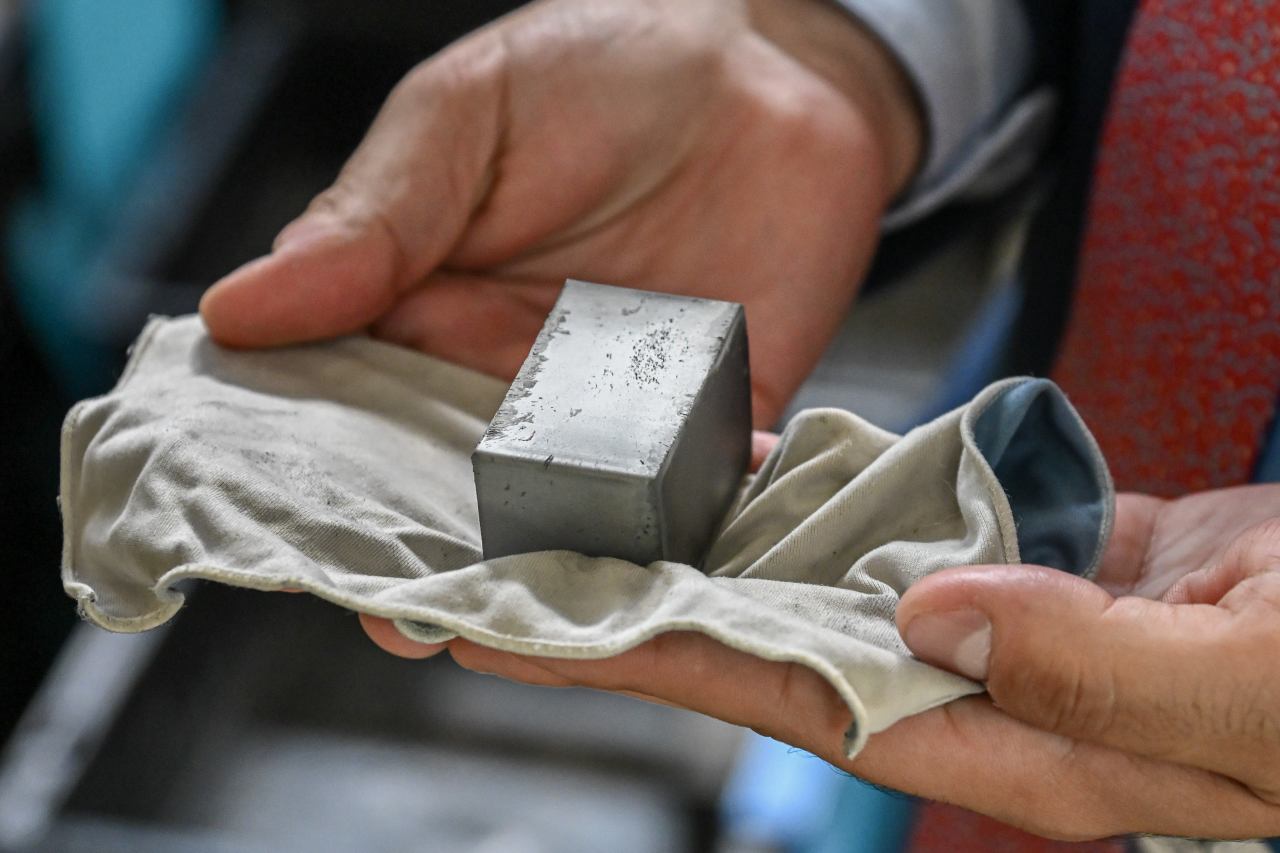A new rare-earths processing plant in Estonia, which opened in March 2024, aims to address Europe’s growing dependence on Chinese supplies. Despite its significance as a step toward diversifying sources, industry experts caution that the facility will not produce enough material to significantly reduce reliance on Beijing.
The factory, located in the city of Sillamäe, is part of a broader strategy by the European Union to secure critical raw materials essential for advanced technologies. Rare-earth elements are vital for manufacturing everything from electric vehicles to smartphones. The EU has been heavily reliant on China, which currently accounts for over 80% of the bloc’s rare-earth imports.
As the demand for these materials increases, prompted by the transition to green technologies, the urgency to establish a more resilient supply chain has intensified. The Estonian facility, operated by the local company, is expected to produce approximately 10,000 tons of rare-earth materials annually. While this figure represents a meaningful contribution, it pales in comparison to the estimated 120,000 tons that the EU requires each year to meet its technological ambitions.
Challenges in Diversifying Supply Chains
The challenges facing the Estonian plant underscore a broader issue within the European supply chain. As noted by industry analysts, the transition away from Chinese dominance involves not just establishing new production facilities but also developing a comprehensive network for extraction, processing, and recycling of rare-earth elements.
Reports suggest that while the Sillamäe plant is a positive development, it will take years to build a robust supply chain that can fully support European needs. The EU has recognized this gap and is actively investing in various initiatives, including funding research and development projects aimed at improving extraction and processing technologies within Europe.
Moreover, logistical hurdles remain significant. The plant’s output must be integrated with existing European supply chains, which often rely on imports from China for complementary materials. This interdependence complicates the goal of achieving self-sufficiency.
Future Prospects and Strategic Investments
In response to these challenges, the European Union has pledged to invest heavily in the rare-earth sector. The EU’s Green Deal and the Digital Strategy emphasize the importance of securing access to critical materials. As part of this effort, the bloc plans to allocate approximately €3 billion to enhance domestic production capabilities over the next decade.
The Estonian government has also expressed its commitment to supporting the plant’s development. Local officials believe that the facility could not only bolster the economy but also create jobs in a region that has historically faced economic challenges.
Despite the optimism surrounding the new plant, experts warn that achieving true independence from China will require a multi-faceted approach. This includes fostering partnerships with other countries that have rare-earth resources, such as Australia and the United States, along with improving recycling efforts within Europe.
In conclusion, while the opening of the rare-earths plant in Estonia marks a significant step toward diversifying Europe’s supply chain, the continent faces substantial hurdles. The long-term success of this initiative will depend on coordinated efforts to build a comprehensive and resilient infrastructure capable of meeting the growing demand for these essential materials. The path to reducing dependence on Chinese supplies remains complex and requires sustained investment and strategic planning.
